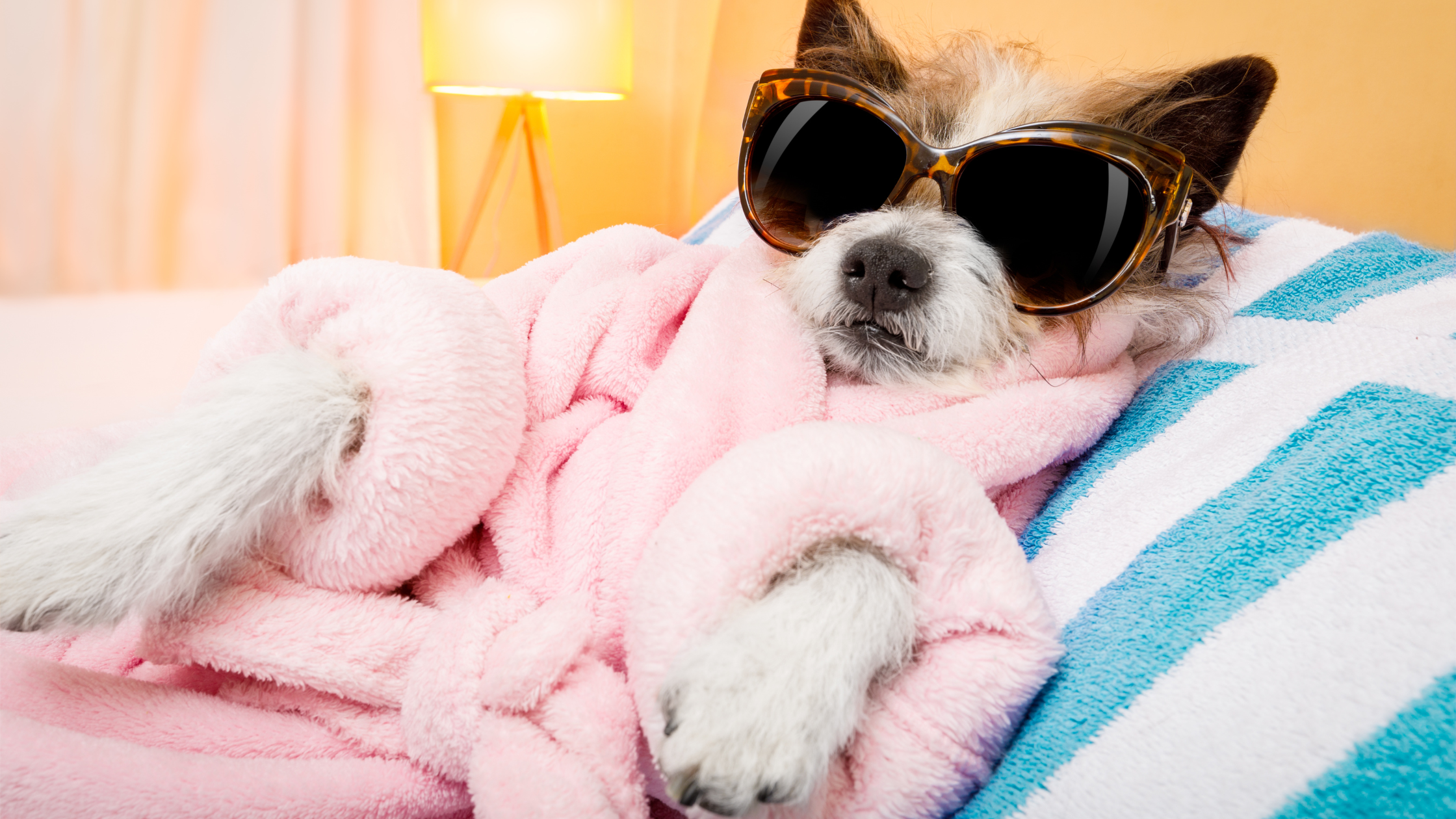Our pets are not just furry companions; they are family members who bring joy, love, and comfort to our lives. As responsible pet owners, it’s essential to understand that grooming goes beyond maintaining a clean and healthy appearance. In fact, grooming plays a significant role in our pets’ emotional well-being and can greatly impact their overall happiness. In this blog, we’ll delve into the fascinating connection between pet grooming and pet psychology, exploring how grooming affects our furry friends’ mental state and how we can handle anxious pets during grooming sessions.
The Bonding Power of Grooming:
Grooming sessions can create a powerful bond between pets and their owners. When done correctly and with patience, grooming becomes an intimate activity that fosters trust and affection. Regular touch and gentle handling during grooming help pets feel secure and loved, strengthening the emotional connection between them and their human companions.
Understanding Pet Anxiety:
Just like humans, pets can experience anxiety, especially during unfamiliar or potentially stressful situations. Grooming, with its various tools and new sensations, can trigger anxiety in some pets. Common signs of grooming-related anxiety include restlessness, trembling, vocalization, and attempts to escape.
Tips for Handling Anxious Pets during Grooming:
1. Create a Calm Environment: Set up a quiet and comfortable space for grooming, free from distractions and loud noises. This creates a safe haven for your pet, reducing their stress levels during the process.
2. Gradual Introduction: If your pet is anxious about grooming, start with brief and positive grooming experiences. Gradually increase the duration of sessions as your pet becomes more comfortable.
3. Positive Reinforcement: Reward your pet with treats, praise, and gentle strokes during and after grooming. Positive reinforcement encourages positive associations with grooming, making future sessions less stressful.
4. Gentle Approach: Use slow and gentle movements during grooming. Avoid sudden, forceful actions that may startle your pet. Speak in soothing tones to reassure them.
5. Know Your Pet’s Triggers: Observe your pet’s body language and identify specific triggers that cause anxiety during grooming. Understanding these triggers allows you to tailor the grooming process accordingly.
The Emotional Benefits of Grooming:
Grooming isn’t just about hygiene; it can also have therapeutic effects on pets. The physical contact and attention received during grooming release endorphins, which promote feelings of well-being and reduce stress. Regular grooming sessions also give pet owners an opportunity to inspect their pet’s body, allowing for early detection of any health issues or abnormalities.
Seeking Professional Help:
For pets with severe grooming-related anxiety, seeking professional help from a certified pet groomer or a veterinarian with experience in pet behavior can be beneficial. These experts can offer specialized techniques to help your pet overcome anxiety and enjoy grooming experiences.
Conclusion:
Pet grooming and pet psychology are undeniably intertwined. By understanding the emotional impact of grooming on our pets and employing gentle, patient techniques, we can create positive and rewarding grooming experiences for them. The strong bond forged during grooming not only enhances our relationship with our pets but also contributes to their overall happiness and well-being. Remember, grooming is not just a physical act but also an expression of love and care for our furry companions.



